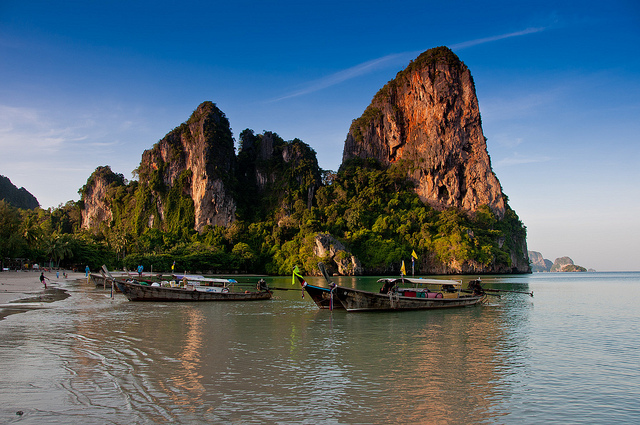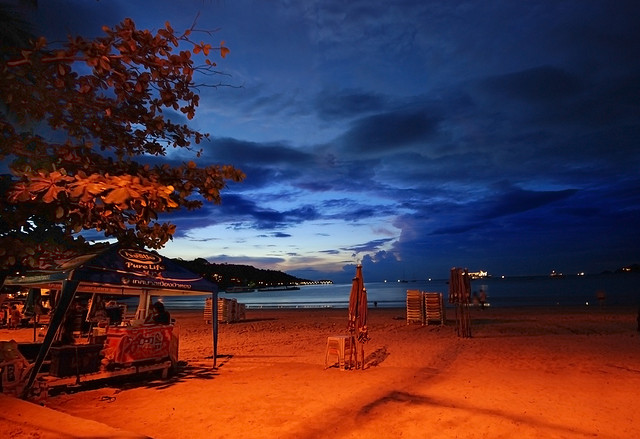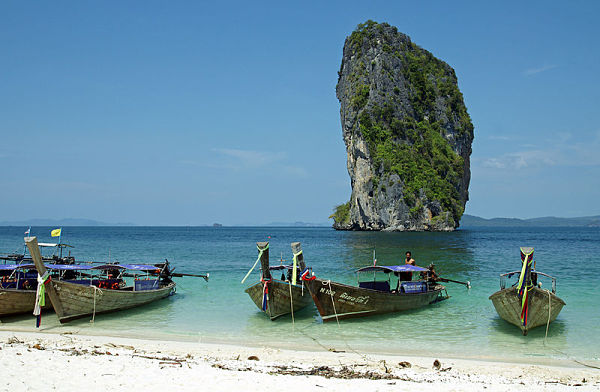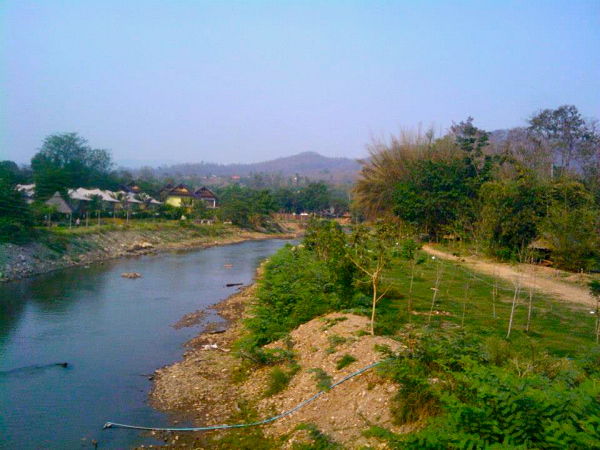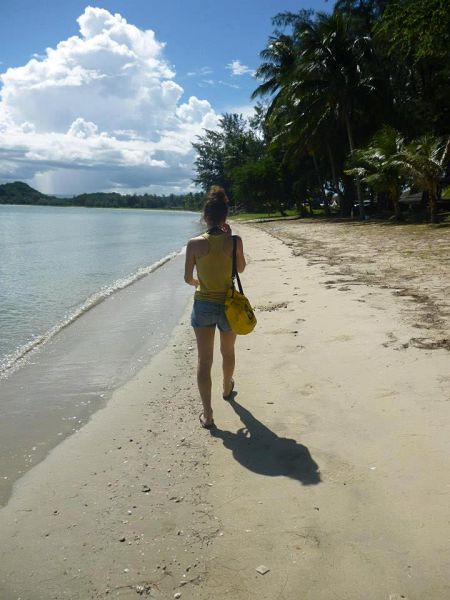With their “long” and brass-coiled necks, Padaung women living in the region along the Thai-Burmese border easily stand out as one of Thailand’s most exotic tourist attractions. After all, they have been the subject of countless documentaries long before their touristic appeal came to the attention of mainstream media. And the fact that they have retained their own character well into the 21st century is something of a marvel when the rest of the world is homogenized after Western standards.
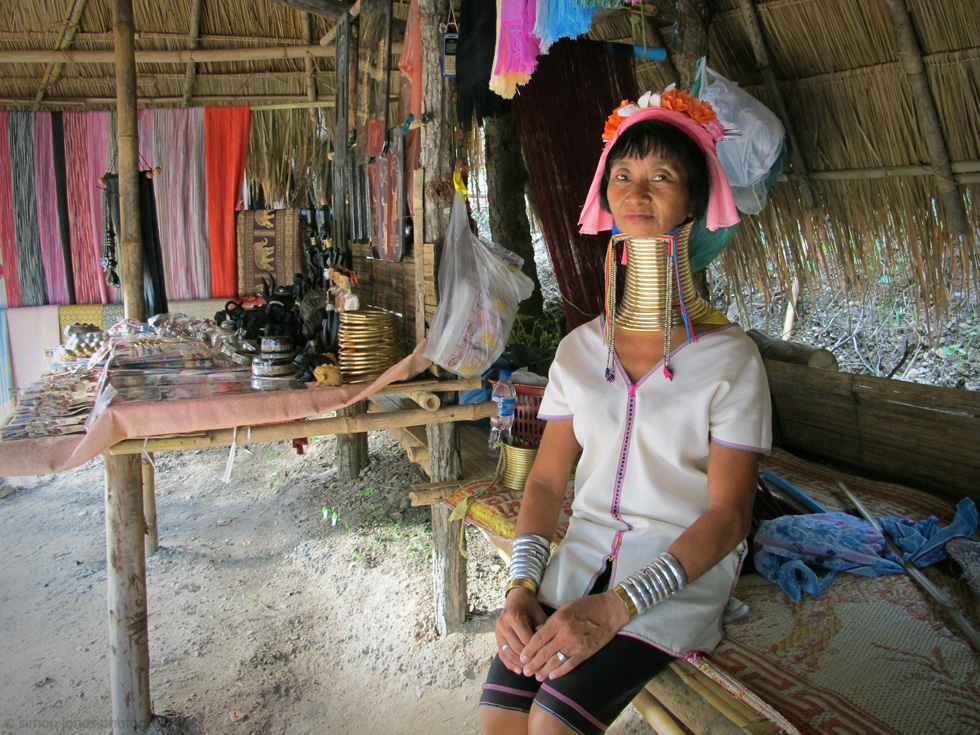
The Padaung women are in fact not Thai citizens. (And their necks are in fact not long: just the shoulders depressed by brass coils to make an illusion of long neck). They have fled Burma about ten years ago and started settling in the northern provinces of Thailand to get away from forced relocation and indenture by the Burmese government.
As a result, they are stateless, and the Thai government is not legally bound to support their scattered communities, leaving them to cope with the hard facts of earning a living in the farmlands of Chiang Mai, Chiang Rai and other northern provinces. In their state, the Padaung women are vulnerable to exploitation. Their magazine appeal has certainly not escaped zoom lenses, and this gets more and more tourists curious to see them up close.
As a direct result of the public’s interest towards the Padaung, artificial hill tribes have been set up to house them for purely touristic purposes. Here, paying tourists can take all the photos they want and bring home Padaung souvenir items in exchange for the tribe’s subsistent living. It may be expensive to get into these contrived hill tribes (500 Baht/US$16) but the income just trickles down to the actual beneficiaries.
Debates have been raging on as to whether it pays – socially and culturally – to have the Padaung culture mutated by constant interaction with the “farang” (foreigner). Would it be better off that they be left to fend for themselves eking out a living in the mountain areas of northern Thailand, or would it be more humane to keep them enclosed in their non-natural habitat so at least they could have a constant source of livelihood, no matter how exploitative the set-up? These questions are difficult to address when an entire culture’s ability for self-determination is at stake, but it is something to think about when the temptation is strong and the opportunity for a once-in-a-lifetime experience sneaks past.
Photo by Simon Jones
